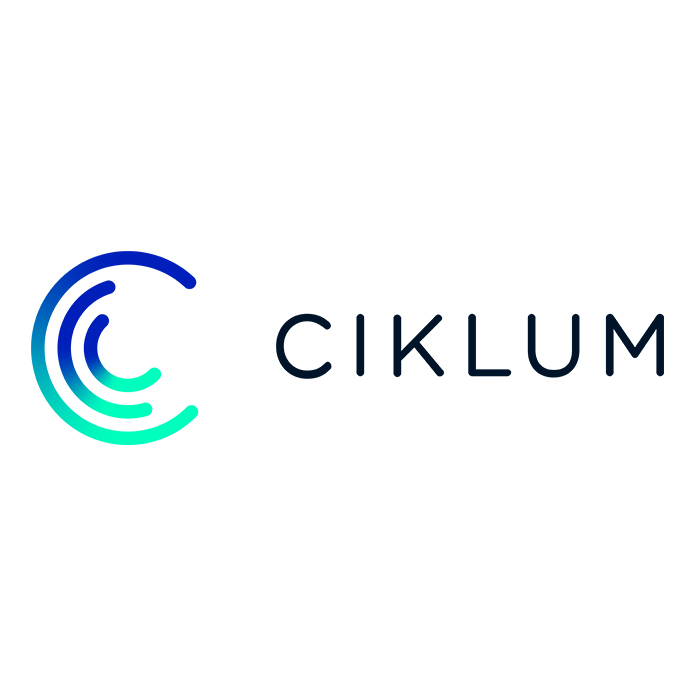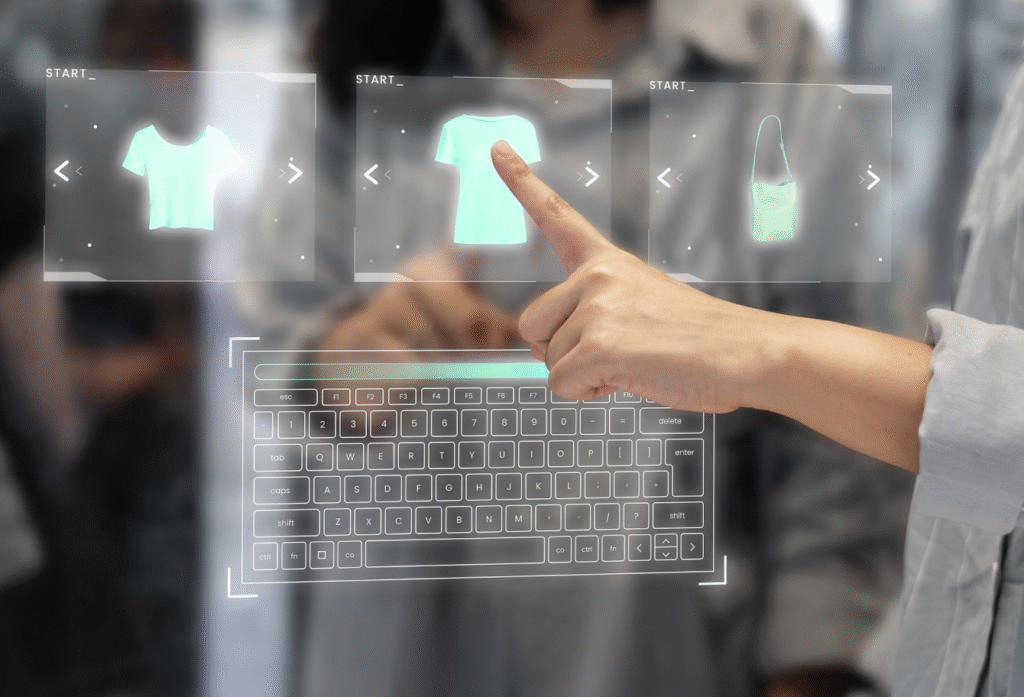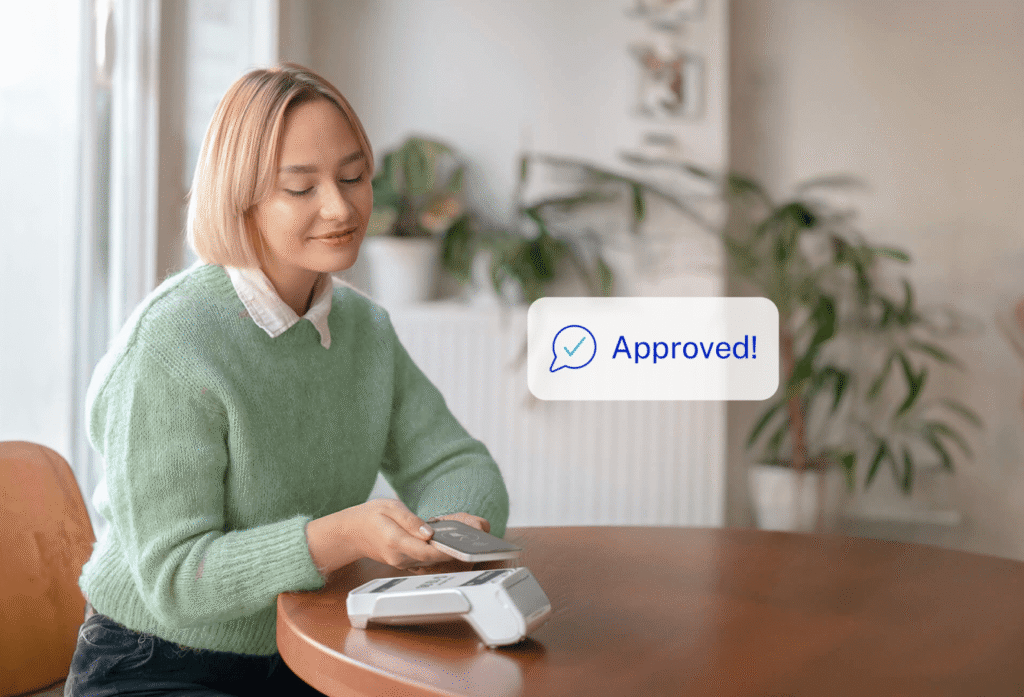Experience design is a vital part of every product development process these days, whether it comes to physical or digital products. By combining the tangibility of user experience and customer journeys with the intangibility of emotional needs and customer satisfaction, you can deliver on everything that your customers expect of you.
Because it brings so many different functions and elements together, getting experience design right needs the appropriate processes and culture to be in place throughout your organisation.
This post tells you all you need to know about experience design: how it works, why it’s important, how to adopt its processes into your product development, and what the future holds.
What is experience design?
Experience design is the overarching approach of designing products and services with a core focus on creating meaningful experiences.
Every part of the customer journey map can be refined through experience design. Whether it’s the products and services that you sell, the environments they’re sold in, and the journeys, processes and strategies involved. They’re all shaped in the context of what users feel and expect, their likely mindsets and priorities, and how they will interact with all of your touchpoints.
Experience design can be physical just as much as it’s digital. In the physical world, it can influence all five human centred senses, from the feel of luxury clothing to the smell of a perfume aisle in a store. But the end goal is the same: to generate a positive emotional response in the user that maximises the chance of them taking the action you want them to take. In the digital world, meanwhile, it could be anything from the speed and helpfulness of a customer support function within an app, to being able to seamlessly move through an entire buying journey through a single platform.
What is experience design?
It’s very important to understand that experience design is not the same as the term user experience (UX). In fact, UX tends to be one element of many within an experience design strategy.
UX design tends to be more practical in nature. For example, how a user would interact with different functions within an app, or how they would progress through a customer journey map.
Experience design on the other hand, considers UX in conjunction with a series of other drivers: branding, design decisions, customer service, marketing strategy, user research, product fulfilment and more.
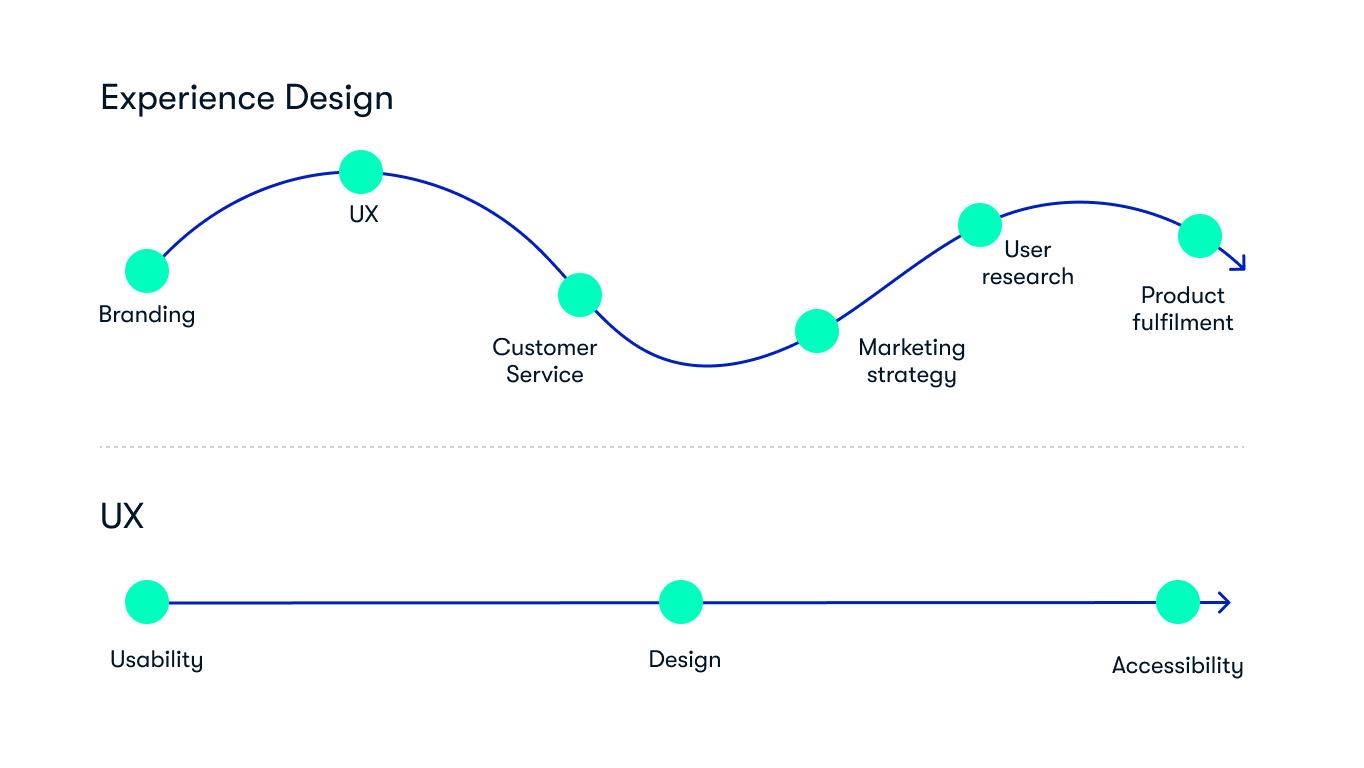
The importance of experience design
Experience design is absolutely critical in a modern business environment where customer expectations are rising all the time. It’s no longer enough to sell goods and services to a customer at a good price. They want an enjoyable, stress-free experience when they’re buying from you. Salesforce has found that 80% of customers now consider experiences as just as important as whatever they’re purchasing.
As experience design has become more advanced and refined, seamless experiences have become so embedded within customer satisfaction that they are a necessity. So much so, in fact, that businesses falling short in this area will quickly feel the consequences.
According to Forbes, 88% of customers who have a negative customer experience are unlikely to return and make a purchase from the same brand. Almost half of these dissatisfied customers will share their bad experience with people they know.
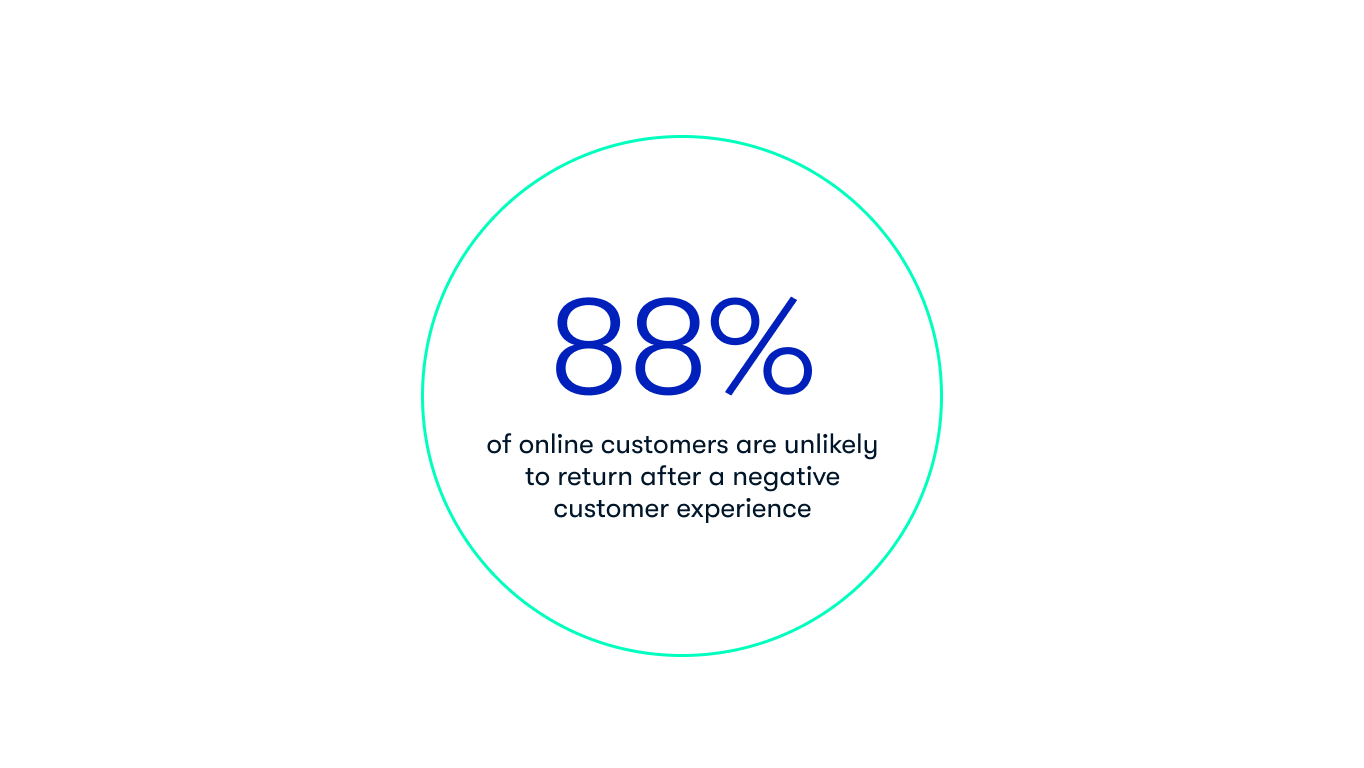
The experience design process explained
The core principles around how experience design works in practice are very similar to those of user experience design. The design process generally revolves around the following four steps:
1. Discovery
The starting point is to pinpoint the needs, expectations and general behaviours of the users that you want to target. Only with this information - obtained to the greatest depth possible - can you begin to put all the subsequent decisions in the process in the right context.
A significant portion of this exploration will involve conducting user research surveys to gather feedback from customers, along with qualitatively and quantitatively researching overall market trends and potential opportunities.
But don’t neglect the more direct approach of speaking to individual customers directly: bringing together a diverse focus group of customers allows you to open a dialogue and get right to the heart of their desires.
2. Definition
Equipped with this discovery data, you can go on to define the problems that you want to solve with your product or service and experience design. Often, this will consist of user personas: detailed profiles of hypothetical customers that have common needs and priorities.
Another way to define problems is to develop an experience map, which is similar to a customer journey map but focuses on customer satisfaction, feelings and interactions instead.
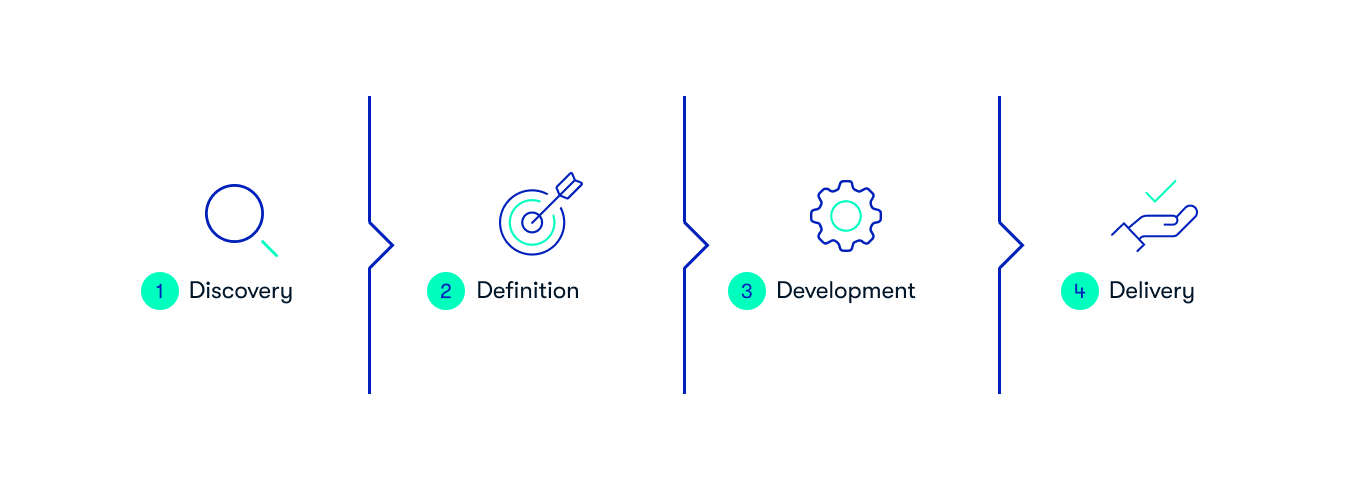
3. Development
Now that the problem is defined, your experience designers can get to work identifying what the solutions might be. This should be a collaborative process, where people throw different ideas around the room and be as creative as possible. The thinking should be out-of-the-box, without limitations, and should challenge pre-existing concepts and solutions.
It’s important to remember that the ideas created at this stage don’t have to be complete or detailed. Indeed, they don’t even necessarily have to be the right ones, as that’s what the final part of the process is for - the iterative refinement and evaluation of the proposed solutions.
4. Delivery
This is where you can start prototyping and testing your ideas, and seeing how successful they’re likely to be. Especially in terms of meeting customer demands for good experience design. This normally starts with wireframes, as these are relatively quick to create and enable faster testing of more detailed ideas.
From this, you can then progress to interactive prototyping. This is where the creations will closely resemble the finished article, including all appropriate functions and flourishes around look and feel. These can then be tested with a selection of end-users, as well as internally. This can help to iron out any bugs and ensure that the product is fully aligned with its previously defined objectives.
Key principles of effective experience design
Behind the process steps listed above, there are some key guiding principles, which are essential to making experience design a success: User-centricity
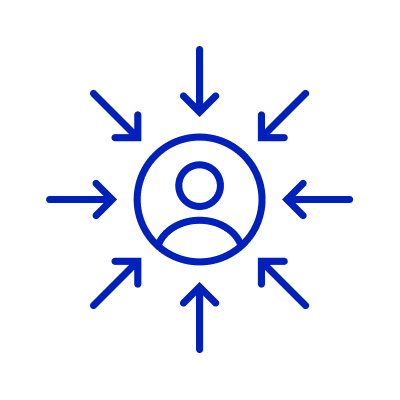 User-centricity
User-centricity
Every decision that is made around experience design should have the needs of the user front-and-centre. This is why the user research mentioned in the discovery process is so important, so that experiences can be shaped in the right context.
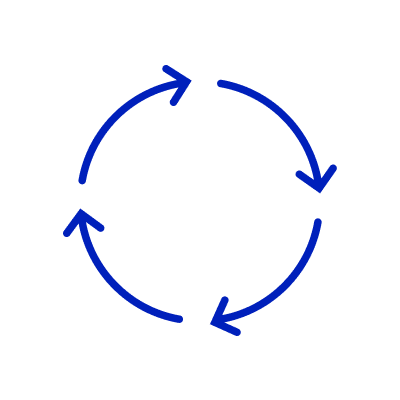 Consistency
Consistency
It’s vital that the experiences users receive always look and feel the same, whatever they need to do. Visual design and branding come into play here, as well as UX, so that users feel comfortable and confident with the whole process.
 Simplicity
Simplicity
In this context, simplicity doesn’t mean ease of use (although that is of course important). It refers to the simplicity of development and implementation in the products you create. Sometimes the simplest ideas can be the most complicated to realise - and vice versa - so trying to find the fastest, easiest solution is key.
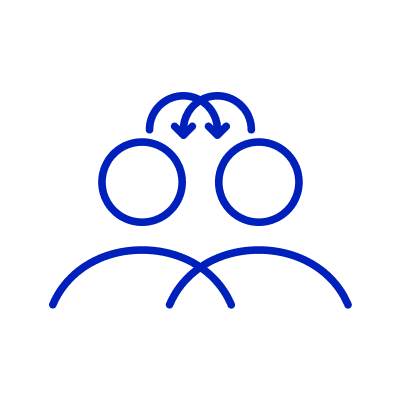 Empathy & Understanding
Empathy & Understanding
Developing the right experience design requires understanding and caring about users, what they want and how they feel, so that design decisions can be made in an empathetic context.
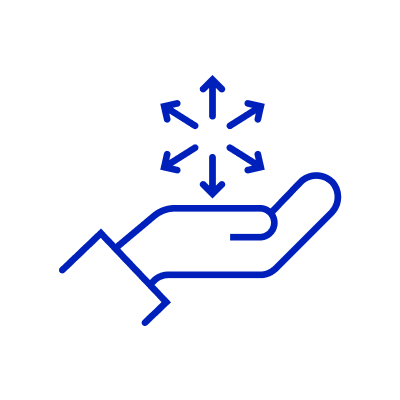 Holistic Approach
Holistic Approach
Experience design should take everything into account, far beyond just the look and feel of a website, app or eCommerce platform. It should also consider branding, marketing, communications, customer service, and every other part of a business that a customer might come into contact with.
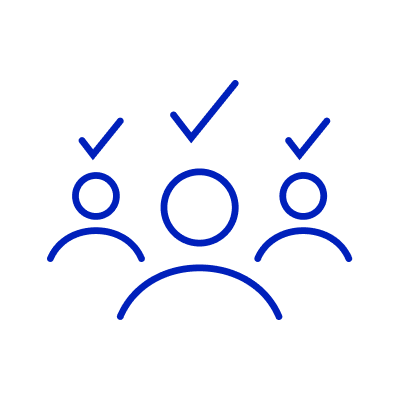 Accessibility & Inclusivity
Accessibility & Inclusivity
Building the highest levels of accessibility and inclusivity into experience design ensures positive outcomes for as many users as possible. Ideally, every user should enjoy the experience, irrespective of their ability, background or circumstances.
The future of experience design
Experience design is constantly evolving, with advancements in technology, changing user preferences and emerging trends. While we don’t have a crystal ball at Ciklum, we’re keeping a close eye on the following:
AI and personalisation:
Machine learning and AI models will be able to support more personalised, context-aware experiences. They will anticipate and adapt to user needs, preferences and emotions to maximise results.
Immersive experiences:
As virtual, augmented and mixed reality all advance, users will be able to explore entirely new ways of interacting with products and services.
Voice and gesture interaction:
Improvements in voice and gesture technology will make these interfaces more commonplace, and support natural and intuitive ways of interacting with them.
Ethical considerations:
Progress within AI and related technologies will bring ethics and public awareness into the foreground. Experience design can play a vital part in allowing privacy and data protection to be built into solutions.
Emotion-driven design:
As AI goes further in understanding user emotions, the possibilities of creating more meaningful experiences - and therefore developing deeper relationships - will expand.
In summary
Without strong experience design, it becomes much more difficult to get the responses and actions you want from your customers. Not only does that affect your customer satisfaction rates, but it can also seriously affect your bottom line.
If you aren’t already using the experience design processes and principles, then there’s no time to lose in getting started - including bringing in third-party support and expertise if you feel you need it.
With more than 4000 developers working worldwide, Ciklum has the expertise, skills and experience to support your experience design processes. Get in touch with the team today to discuss your specifics, and the key areas where you can leverage our help.
Blogs





























